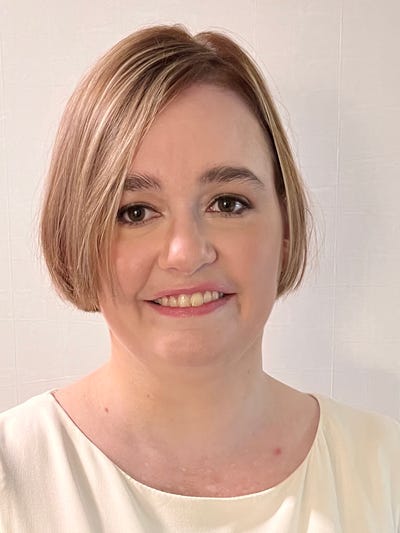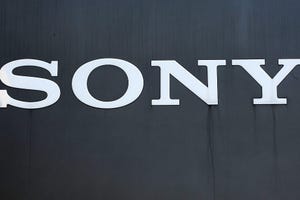CGM: Coming Soon to Your Online Shopping Cart
As Dexcom and Abbott both move closer to over-the-counter launches of continuous glucose monitoring sensors, analysts forecast revenue potential for the new category.
May 2, 2024

The summer months are upon us in the United States, and that means beachwear, sunblock, and over-the-counter (OTC) continuous glucose monitoring (CGM) systems.
Dexcom is on track to launch Stelo this summer as a 15-day cash pay product. Stelo is the first glucose biosensor in the United States cleared for use without a prescription. Abbott also plans to launch Lingo later this year in the United States as a consumer biowearable CGM, pending FDA’s blessing. Both CGMs are expected to be available OTC via cash pay.
The main difference between Stelo and Lingo appears to be in the marketing. Dexcom plans to focus its marketing efforts for Stelo on the type 2 diabetes population that does not currently use insulin. Abbott’s Lingo, on the other hand, is expected to target people with prediabetes as well as healthy users.
“By removing the burden of a prescription, we expect Stelo to draw broad interest from both the clinical community and directly from members of the diabetes community who want to better understand their blood sugar,” Dexcom CEO Kevin Sayer said during the company’s first-quarter earnings call. “In our dialogue with the FDA, it became clear that iCGM accuracy remains critically important in establishing this new sensor category, both as a safety measure and to ensure that our customers are receiving reliable, actionable information.”
To that end, Stelo will leverage the accuracy of Dexcom’s G7 sensor hardware while providing a custom software experience to meet the needs of people not taking insulin more directly. Stelo will be fulfilled initially via a new e-commerce website, and available in one-time purchases or subscription models.
“With respect to the website and the reason we've gone with this direct distribution model, we've had great success with it, launching products in some of the international markets as we've rolled Dexcom One out. So, we do know how to do this,” Sayer said.
But it’s also about control, he admitted. Dexcom wants to track utilization patterns with Stelo and an e-commerce website seemed like the most efficient way to do that. Down the road, however, the company is likely to seek other distribution channels to get more product to more customers.
“We're not concerned about being overrun,” Sayer said. “Right now, we're in a really good position to get this product to the people that want it through the website that we've set up.”
Marie Thibault, a medtech analyst at BTIG, and colleagues have built a base case for how the Stelo and Lingo launches might unfold in the second half of 2024 and beyond. She also presented bear and bull scenarios for the two CGMs and tried to make predictions about revenue contribution and market share splits.
BTIG’s base case assumes $40 million in Dexcom Stelo sales in the second half of the year, $190 million in 2025, and $365 million in 2026. The analysts estimate Abbott’s Lingo will launch in the fourth quarter, bringing in $12 million in sales, then $134 million in 2025 and $283 million in 2026. After accounting for their assumptions on average sales price ($100 a month for Stelo, and $80 a month for Lingo), by 2026 this comes to a 52-48 market share split by patient volumes for Stelo/Lingo in the type 2 diabetes non-insulin population and a 48-52 split for Stelo/Lingo in the prediabetes population, equating to a 50-50 overall share split for Stelo and Lingo. Thibault notes that BTIG’s base case sales estimate for the two OTC CGMs combine in 2026 into an estimated $650 million market.
“These scenarios do not account for any potential upside from CGM adoption in healthy consumers such as the bio-hacking community looking to optimize their wellbeing, though we think these tools may be compelling to such users,” Thibault wrote.
About the Author(s)
You May Also Like




